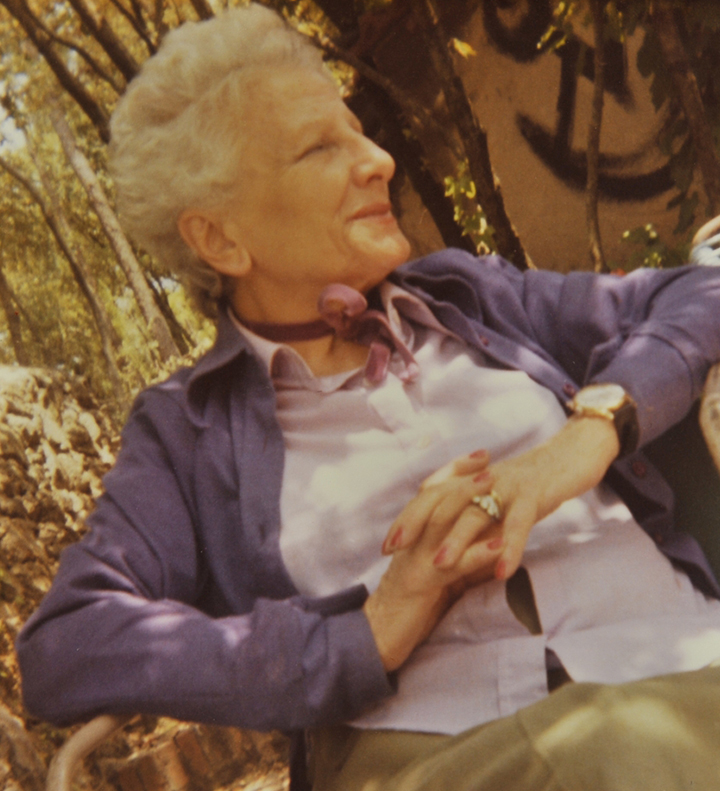“I was born in Bologna on 6-9-1898. In 1902, I moved to Perugia. I began drawing and painting portraits from an early age without any guidance. I was keenly interested in literature and art and enjoyed making portraits of my friends. After many years, I noticed that those works had been jealously preserved.
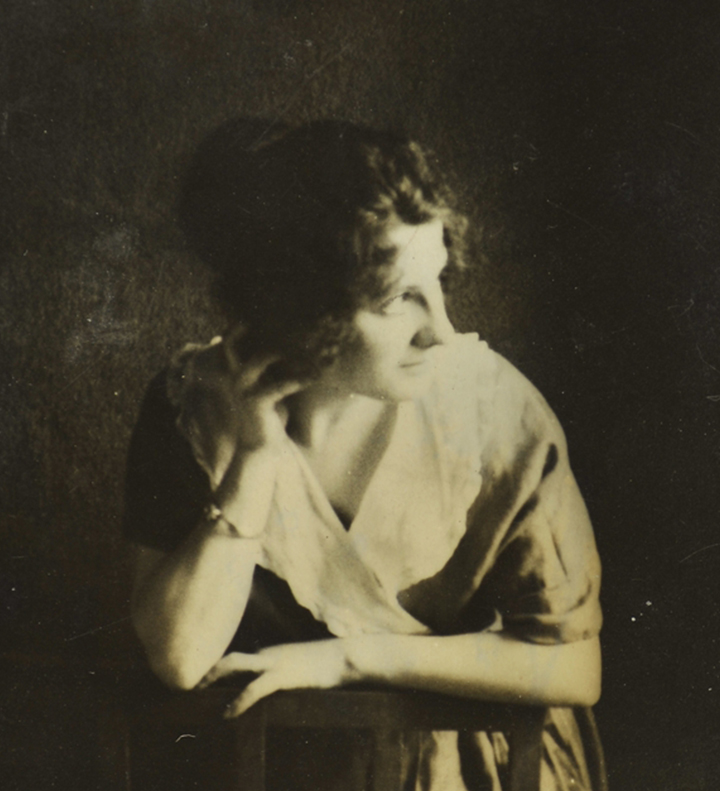
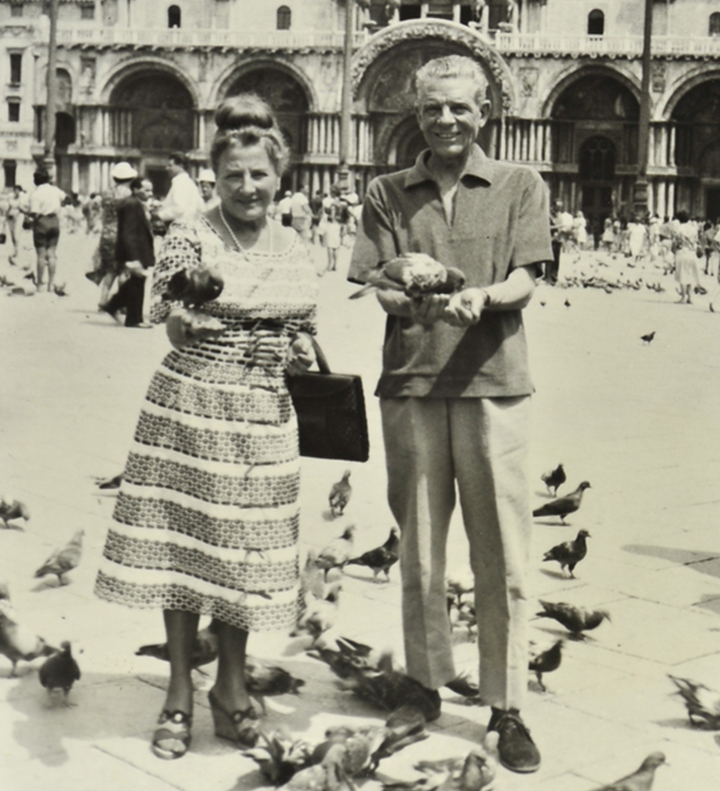
In 1929, I married Brajo, with whom I lived intensely for more than fifty years. So many memories… Of him, I would only say he was a man of rare intelligence and generosity, a “great soul”, besides being a great artist. It was Brajo who advised me to enrol at the Accademia delle Belle Arti Pietro Vannucci of Perugia, where I also had Arturo Checchi as a teacher.
After about two years, I felt that the Accademia was not fulfilling my needs and desires, so I continued working on my own, mostly painting landscapes and portraits of subjects that I found particularly interesting to me. I was feeling free to do as I wanted and what I wanted! I held personal exhibitions in Naples, Rome, Milano, Bolzano, La Spezia, San Marino, Termoli, Terni, Foligno, Perugia, etc., and some of my paintings were also exhibited during various editions of the Quadriennale.
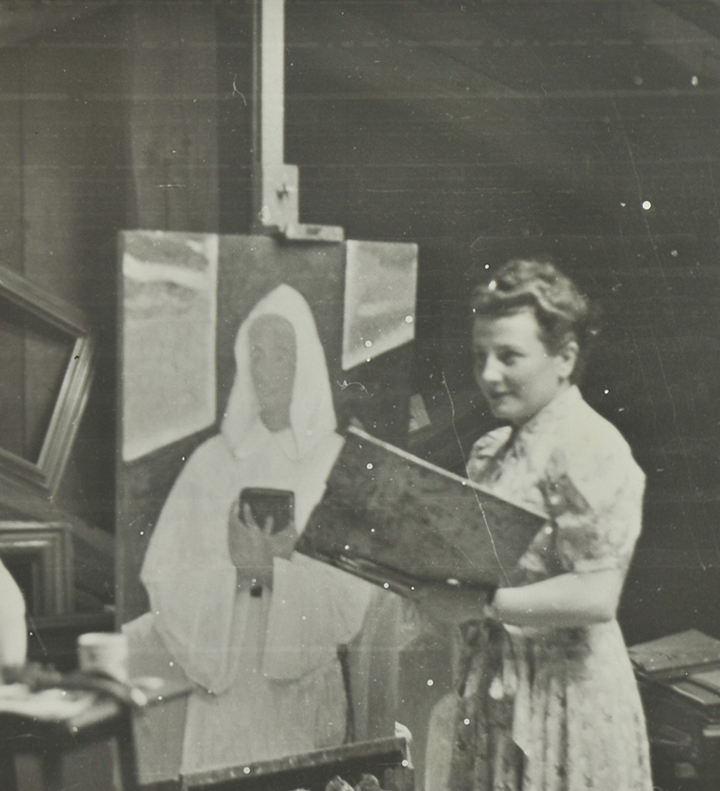
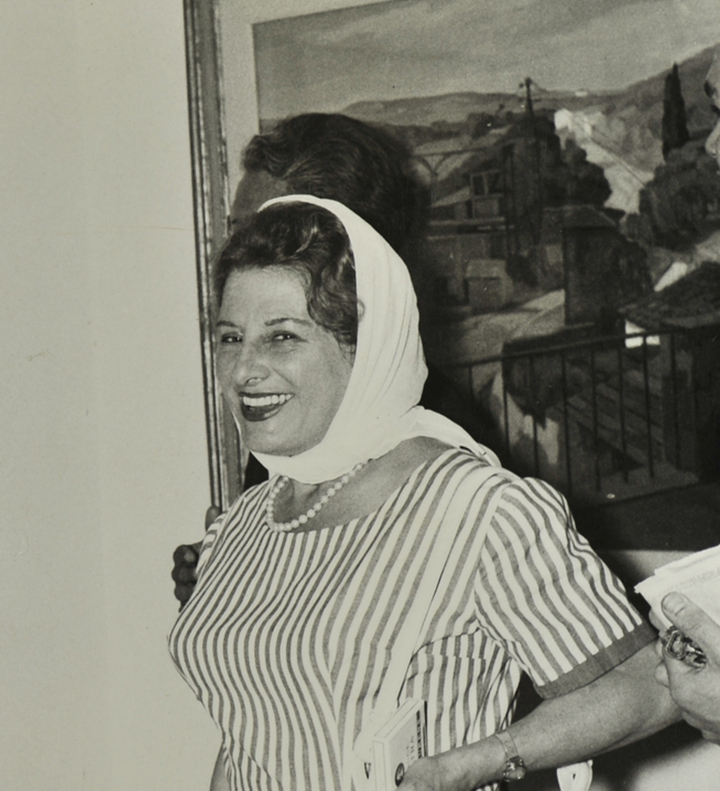
Since I had some friends in Paris, I had the opportunity to attend Parisian cultural and artistic circles that filled me with enthusiasm. In Paris, I exhibited my works in Faubourg St. Honoré where I received, to be honest, much acclaim and the attention of French critics, including the famous Pierre de Colombiere.
In Perugia, many artistic, literary and intellectual friends such as Gianna Manzini, Enrico Falqui, Casorati, Mafai, Guttuso (who painted a portrait of me in 1932), Aurelio De Felice, professor Argan, Zavattini, Ungaretti, Massimo Binazzi, Pino and Nini Menichetti, and many others, came to visit me and to talk…many interesting topics were discussed. Today, it is said that my gathering was, especially just before the last war, one of the liveliest cultural centres of the city.
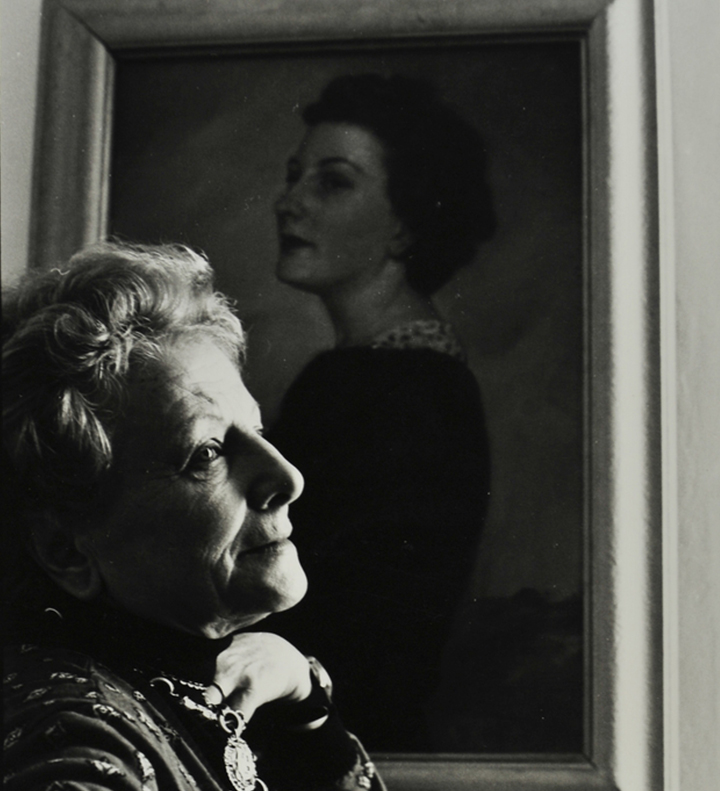
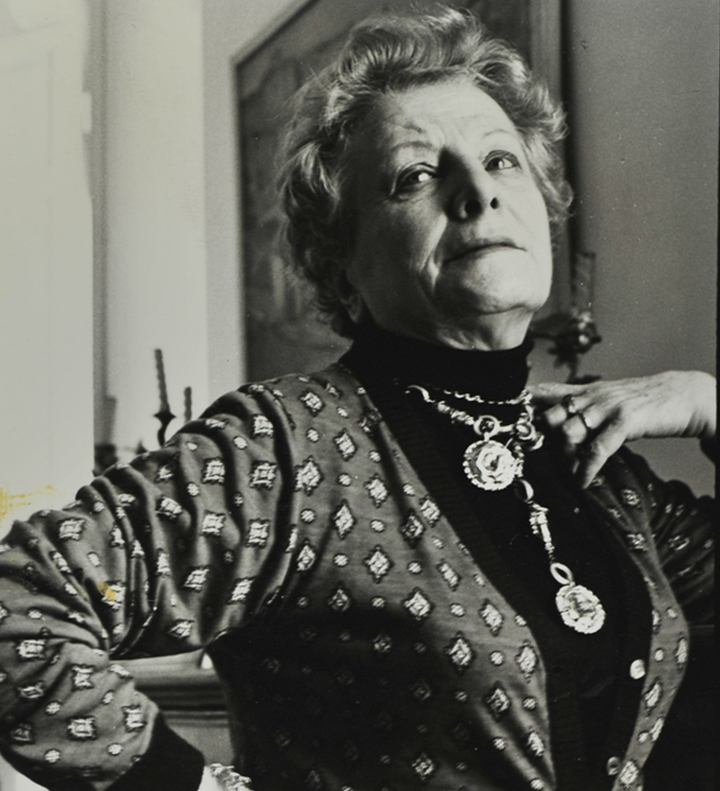
Towards the end of the 1960s, I stopped painting… I couldn’t even say why; I did not feel like working anymore, I had received many recognitions, prizes, (1932: golden medal at the 1° female art exhibition – Perugia; 1936: Prize at the V interprovincial art exhibition – Temi; 1952: Prize at the National exhibition "Per un'Umbria nuova" – Perugia; Silver Medal at the art exhibition of the Umbrian artists trade union – Perugia; 1954: Prize at the exhibition " Il paesaggio umbro" – Perugia; Recognition at the regional art exhibition - Foligno; 1964: Golden Medal at the VIII Prize Termoli-Termoli), satisfactions, and yet…
Since I stopped painting until today, I have dedicated all my energies exclusively to the realisation of the idea and the will of Brajo to transform the villa in Montemalbe – the Fuseum – into a centre of artistic and cultural activities at the service of the city.”
